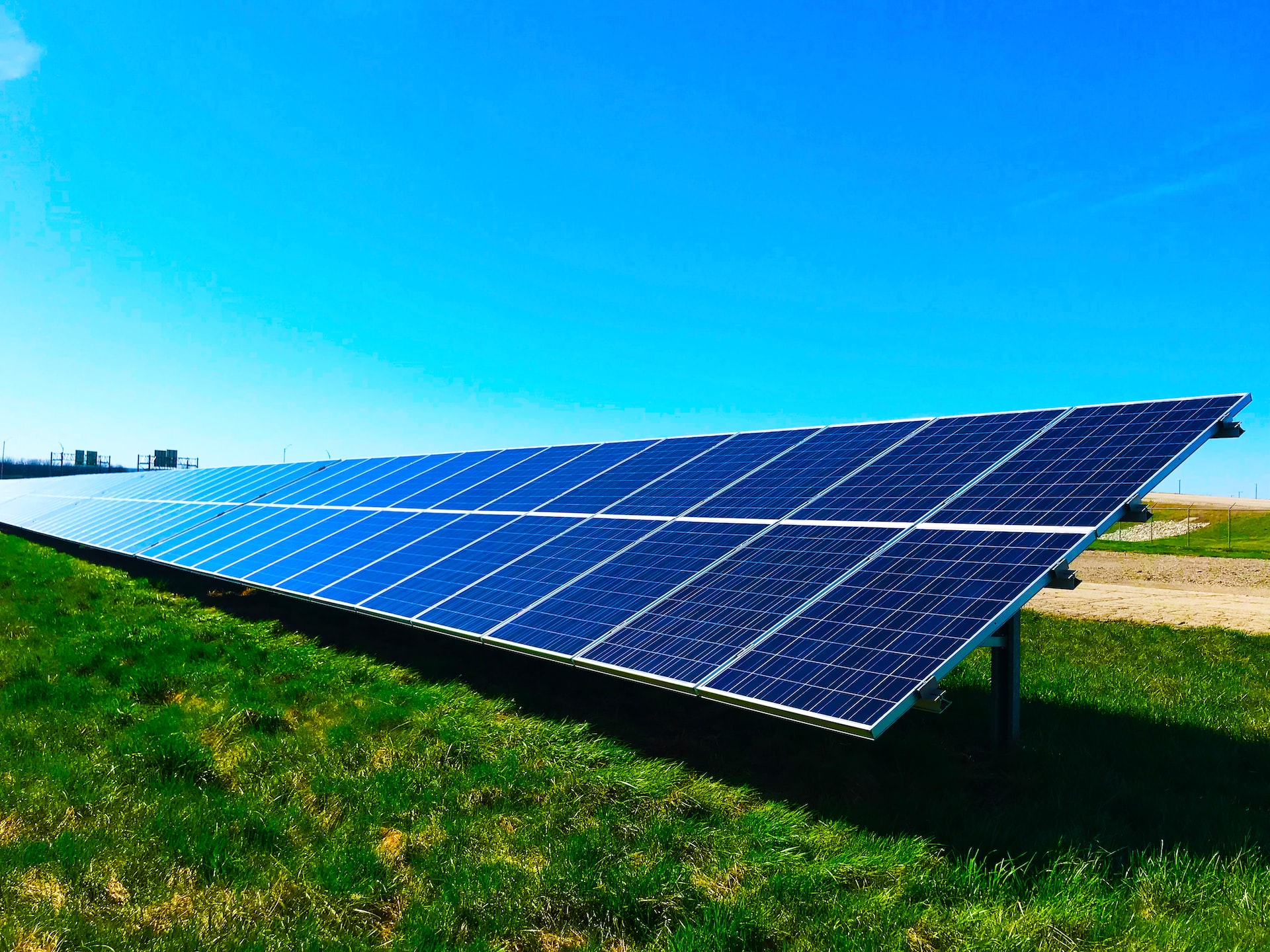
Self-Replenishing Natural Resources of Renewable Energy Systems
Renewable energy systems are based on non-depletable or self-replenishing natural resources such as wind, water, geothermal and solar power.
Electricity generated from these systems can be distributed or used on a national, regional or local grid (see Appendix A). These technologies may serve multiple value-added on-grid roles.
Solar power
Solar power converts sunlight into usable electricity directly with photovoltaics (PV) or indirectly through concentrated solar power (CSP). In PV systems, specialized solar cells convert the light into an electric current using the photovoltaic effect.
Many people are interested in renewable energy because it helps reduce air pollution, greenhouse gases and other environmental concerns. It is also cheaper than different types of energy, such as coal, oil and natural gas.
One primary importance of renewable energy systems is that it produces no pollutants, so there are no harmful chemicals or other airborne waste. These benefits are significant for homes, schools, businesses and governments.
Another benefit is that solar energy costs less than most other forms of electricity. To save money, more individuals are turning to solar energy.
Photovoltaic panels are the most common way to harness solar energy, and they are used in power stations and on the roofs of homes and businesses. They use semiconductor materials that loosen electrons from their atoms and create a directional current when exposed to the sun’s rays.
Geothermal power
Geothermal power plants harness steam and hot water from deep underground, which can be used to turn turbines that generate electricity. Geothermal power is one of the most reliable, efficient, and cost-effective renewable energy sources.
It’s also cleaner than coal and gas, with life cycle emissions four times lower and water use six to 20 times less. A recent US Department of Energy (DOE) analysis shows it is widely accessible and rife with unrealized potential.
Most conventional geothermal systems are confined to specific, highly specialized geological locations where heat, water and porosity come together. They can be expensive to develop and are often difficult to scale.
The fluid is then injected into a power plant, pushed to high temperatures and pressure, turning the turbines to produce electricity. This technology is called flash steam and is more energy efficient than the dry steam model.
In addition to electricity generation, geothermal resources can provide district heating for communities. They’re prevalent in countries with active tectonic plates where geysers, fumaroles and hot springs can be tapped for heating and cooling.
Wind power
A renewable energy source known as wind power uses the wind’s force to generate electricity. Unlike other power plants, wind turbines do not emit pollution or greenhouse gases and are much less expensive to build over time.
Typically, wind farms are built in areas with consistently strong winds. The wind turns the blades of a turbine and causes a shaft to spin, which connects to a generator that makes electricity.
A wind turbine’s output can be used on the farm or exported to the grid. The power can also be stored when the wind is not blowing or during low winds.
A small wind turbine, for example, can produce 100 kilowatts of power, enough to power an average home. Increasingly enormous wind turbines, with rotor blades longer than 162 meters (531 feet) and towers standing 240 meters (787 feet) tall, produce 4.8 to 9.5 megawatts of power.
One of the greenest energy sources on the planet is wind power. Because the equipment is so compact, it only takes up a little space on the land and can be adapted to accommodate other ground uses. Moreover, a wind farm can be sited near existing facilities, such as schools and businesses, which helps to reduce land use concerns.
Hydropower
Hydropower captures the energy in falling water – rivers, tides, or even water released from a reservoir on high ground – and uses it to generate electricity. It is one of the most common renewable energy sources, used in many different forms.
The volume and change in elevation – also known as “head” – of moving water determine how much electricity can be produced by a hydropower plant. At the plant level, water flows through pipes or tunnels and turns turbines that, in turn, drive generators, producing electricity.
Dams help stabilize the water flow, ensuring that energy production is steady. They also help prevent flooding, and they can drain marshy areas, which are often full of stagnant water.
Besides providing stable energy, hydropower also provides essential backup power to grids. Hydropower can fill in the gaps to restore electricity when ice storms, wildfires, or hackers interrupt the electric grid.
Because hydropower can be produced continuously, it is a cost-effective and reliable way to produce baseload power or the electricity that utility companies need to run their businesses all the time.
However, as with other renewables, weather and climate patterns can cause energy production to be inconsistent. Certain hydroelectric facilities can store vast volumes of water in dams that control water flow via turbines, ensuring that electricity output is constant all year round.
